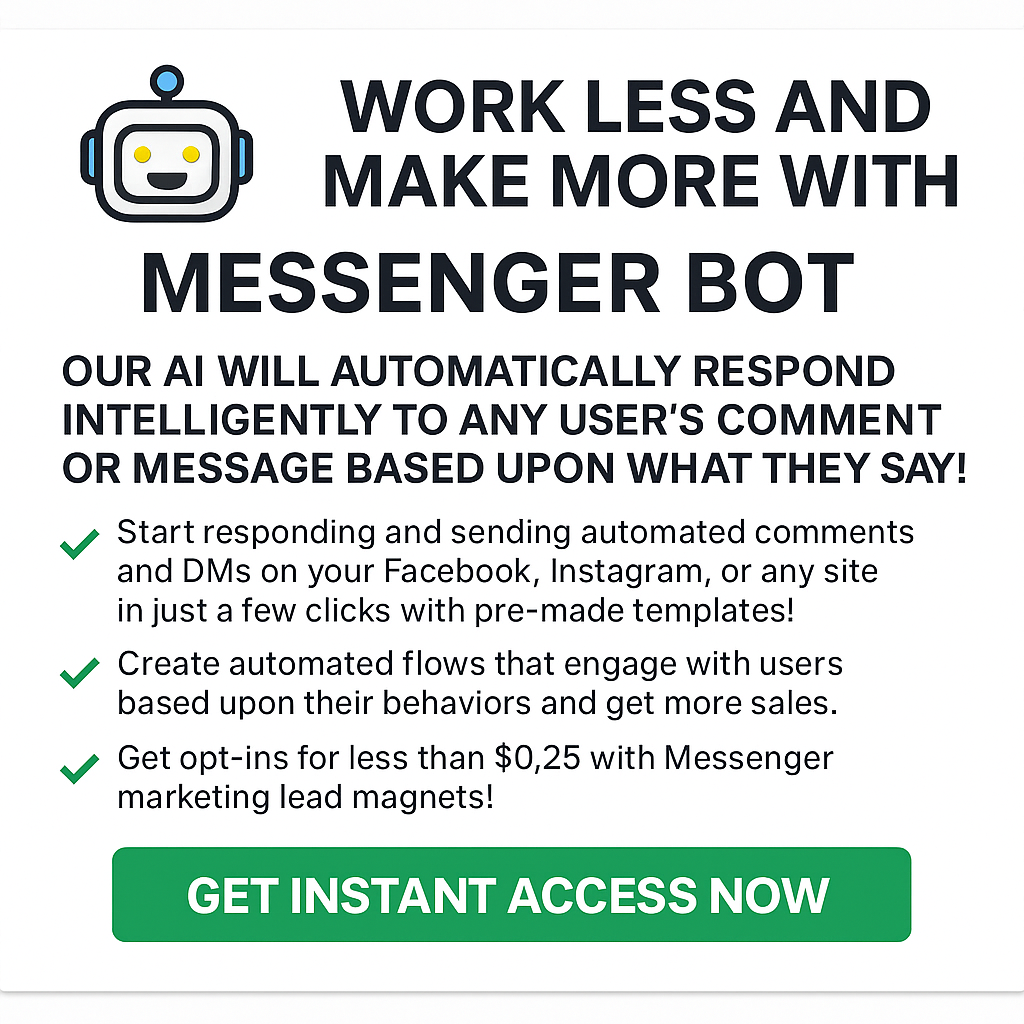In an ever-connected global village, the power to communicate across linguistic borders is no longer a luxury but a necessity. Enter the realm of AI-driven chatbots with multilingual capabilities, where each query becomes an opportunity to unify voices around the world. Harnessing this power within your digital domain raises pressing questions: Can chatbots truly grasp and juggle multiple languages? What steps are needed to imbue your chatbot with the gift of tongues? And, amidst multiplying dialects and tongues, do chatbots fully understand the nuances embedded in language? As we endeavor to unravel these intricacies, we’ll delve into how ChatGPT and its ilk are not just learning languages but embodying the cultural symphony they represent, orchestrating responses in a rich medley of languages. Join us as we embark on a journey to comprehend the multilingual prowess embedded within these technological marvels, expanding the horizons of human-machine interaction.
Can Chatbots Handle Multiple Languages?
Living in a global village connected by digital threads, speaking multiple languages has become essential for customer-focused technology. 💬✨ The answer is a resounding yes: today’s intelligent chatbots can effortlessly converse in several languages.
- They’re designed with advanced algorithms that detect and interpret diverse languages.
- Seamless switch between languages within the same conversation.
- They offer the much-needed inclusivity in customer service by catering to global customers.
If you’re aiming to expand your brand globally, understanding your customers in their native tongue is critical. When clients interact with a multilingual chatbot, they’re met with personalized, linguistically accurate responses, leading to a connected and satisfying customer experience. Not only does this bolster customer satisfaction, but it also strengthens international market presence.
How Do I Make My Chatbot Multilingual?
Integrating multilingual capabilities into your chatbot may sound daunting, but it’s quite feasible with the right approach. 🌍🛠️
- Firstly, define the languages your audience predominantly uses.
- Incorporate language detection features to gauge the user’s preferred language automatically.
- Utilize a language processing API to interpret and translate inputs and outputs seamlessly.
At Messenger Bot, we pride ourselves on providing tools that simplify the task. Our platform is equipped with an intuitive UI that streamlines the implementation of various languages into your bot’s repertoire. From crafting native-sounding dialogues to contextual understanding, we aid in deploying a chatbot that is as worldly as it is wise – ensuring never to alienate a part of your customer base due to language constraints.
Does Chatbot Have Other Languages?
Absolutely, chatbots are not limited to English alone. 💼 Various businesses operate in multilingual environments and need chatbots that are just as diverse. 🌐
- Developers integrate APIs like Google Translate or Microsoft’s Translator Text allowing chatbots to support numerous languages.
- Customized bots might even include regional dialects and slang, adapting to colloquial usage.
Whether it’s Spanish, French, Mandarin, or a less common language you’re aiming to include, bots can be customized to your specific needs. Our Messenger Bot excels in adapting to cultural nuances, ensuring that every interaction is respectful and credible – building bridges across linguistic divides.
Can Chatbots Understand Language?
Understanding language is at the heart of any effective communication tool. 🤖 At its core, a chatbot’s ability to parse language and discern intent is what sets a sophisticated chatbot apart from a basic scripted responder.
- Modern AI and NLP (Natural Language Processing) techniques empower chatbots to comprehend queries beyond simple keyword matching.
- They grasp syntax, context, and inflections to generate appropriate responses.
Our Messenger Bot doesn’t just understand language; it interprets emotion and sentiment, providing empathetic responses to users. This not only displays comprehension but showcases the subtlety and depth of its understanding, much like a human interaction.
Does ChatGPT Support Multiple Languages?
ChatGPT, the generative language model by OpenAI, supports several languages through fine-tuning on diverse datasets. 🌎 ✨
- It uses machine learning to understand text in various languages.
- It even accounts for linguistic nuances and idioms, which is crucial for natural-sounding dialogue.
By uniting ChatGPT’s multi-language support within the Messenger Bot platform, our bot extends your reach to converse authentically with a global audience. It’s like having a multilingual expert in your team, always ready to engage with your customers in their preferred tongue…but powered by the latest in AI sophistication.
Can ChatGPT Generate Response in Multiple Languages?
Generating a response in the user’s native language is paramount for effective engagement. ChatGPT is designed to do exactly that. 🔄
- It can be fine-tuned for specific languages, ensuring fluid conversation across borders.
- Responses are not just translated; they’re culturally and contextually adopted to ensure accuracy.
We leverage ChatGPT’s multilingual prowess in Messenger Bot to provide robust conversational capabilities around the clock. The sheer flexibility to handle queries in multiple languages simultaneously is what elevates us among online interaction platforms, ensuring a breadth of reach and depth in connection that few others can promise.
Capitalize on the intersection of technology and communication today. Explore our free trial or dive into our comprehensive pricing to discover how you can globalize your reach with ease.





